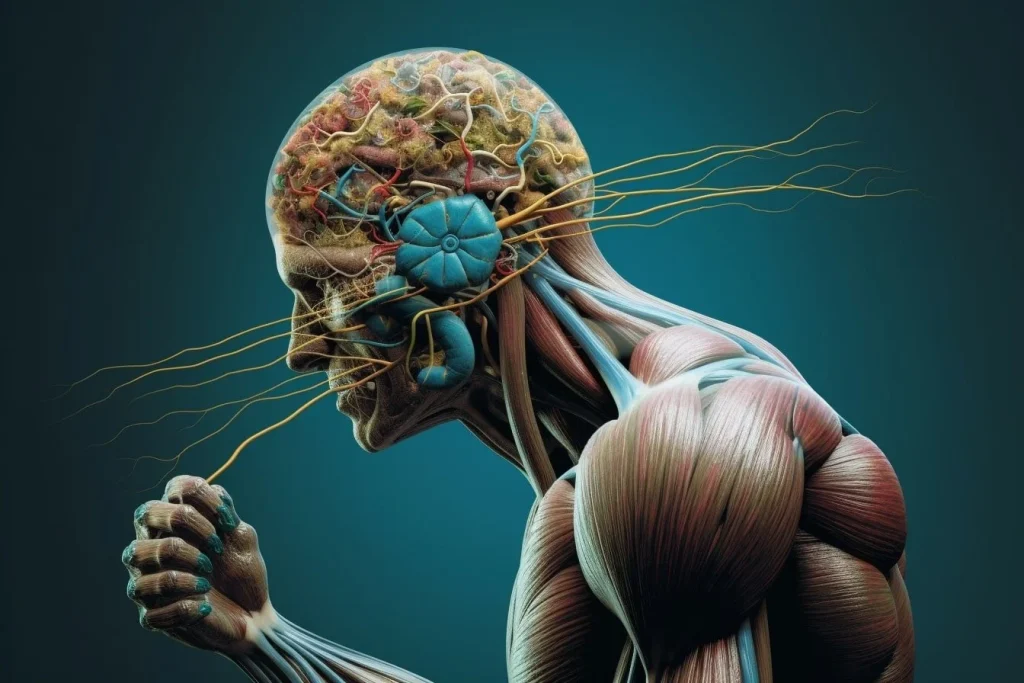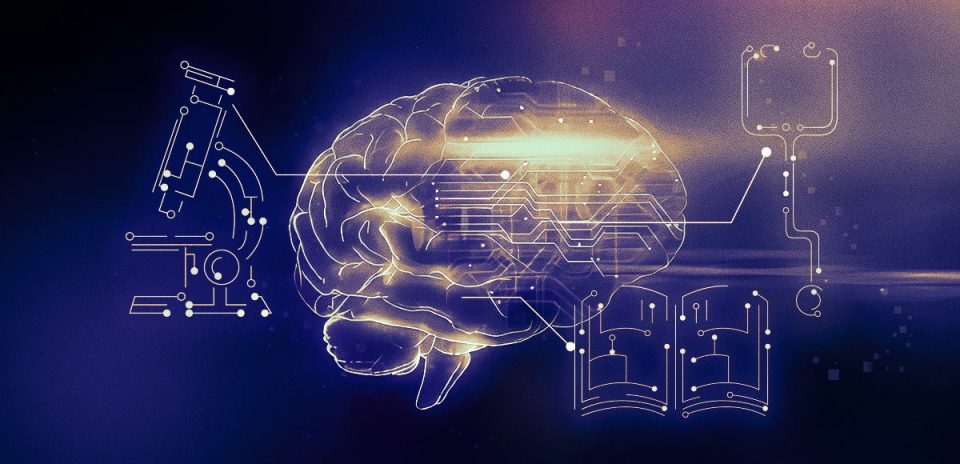FALCON POWERS – There is no computer, no matter how powerful and complex, like the human brain. The tissue masses in our skulls can process information in quantities and speeds that computer technology can hardly touch.
The key to the brain’s success is the efficiency of nerve cells in functioning as a processor and memory device, unlike the physically separate units in most modern computers. There have been many attempts to make computing more brain-like, but there is a new effort taking it a step further – by integrating real human brain tissue with electronics.
The project is called Brainoware, and a team led by Engineer Fengho from Indiana University Bloomington has tasked it with tasks such as speech recognition and nonlinear equation prediction.
The results were less accurate than a pure artificial intelligence computer, but it is considered a first step in a new kind of computer engineering, according to a report on the SciTechDaily website.

Fengho and his colleagues are trying to follow ethical guidelines in developing Brainoware, but many researchers from Johns Hopkins University warn of the importance of considering ethical aspects as this technology expands.
Lina Smirnova, Brian Kawo, and Eric C. Johnson, who did not participate in the study, warned that “as these organic systems become more complex, it is important for society to examine the countless ethical issues surrounding experiments integrating computing systems with human neural tissues.” The human mind is astonishingly amazing. It contains an estimated 86 billion nerve cells on average, and up to a quadrillion neural synapses. Each nerve cell connects to up to 10,000 other nerve cells, and they are constantly active and communicating with each other.
So far, our best efforts to simulate brain activity in an artificial system have not reached the surface.
In 2013, Riken’s K computer, which was then one of the world’s most powerful supercomputers, attempted to mimic the brain. Using 82,944 processors and petabytes of main memory, it took 40 minutes to simulate one second of activity of 1.73 billion interconnected nerve cells with 10.4 trillion synaptic connections, or only about 1 to 2% of the brain.
In recent years, scientists and engineers have tried to approach the capabilities of the brain by designing devices and algorithms that mimic its structure and how it works. It is known as neuromorphic computing, and it is improving but consumes a lot of power, and training artificial neural networks takes a long time.


